Consumer Rights Letter Template for Effective Complaints
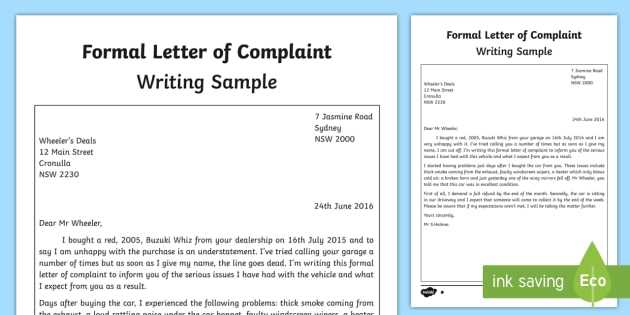
When facing problems with products or services, clear and direct communication can often lead to a satisfactory resolution. A well-crafted message can be a powerful tool in seeking solutions or compensation. Whether you’re dealing with defective goods or poor service, taking the right approach can make all the difference.
Knowing what to include and how to express your concerns is crucial. Having the right structure in place ensures your message is not only understood but also taken seriously. A well-organized appeal helps guide the reader through the issue, demonstrating both the seriousness and clarity of your situation.
Taking the first step might feel daunting, but with the right format, you can confidently state your case. Following a proven approach can save time, prevent misunderstandings, and increase your chances of achieving a positive outcome.
Understanding Your Consumer Rights
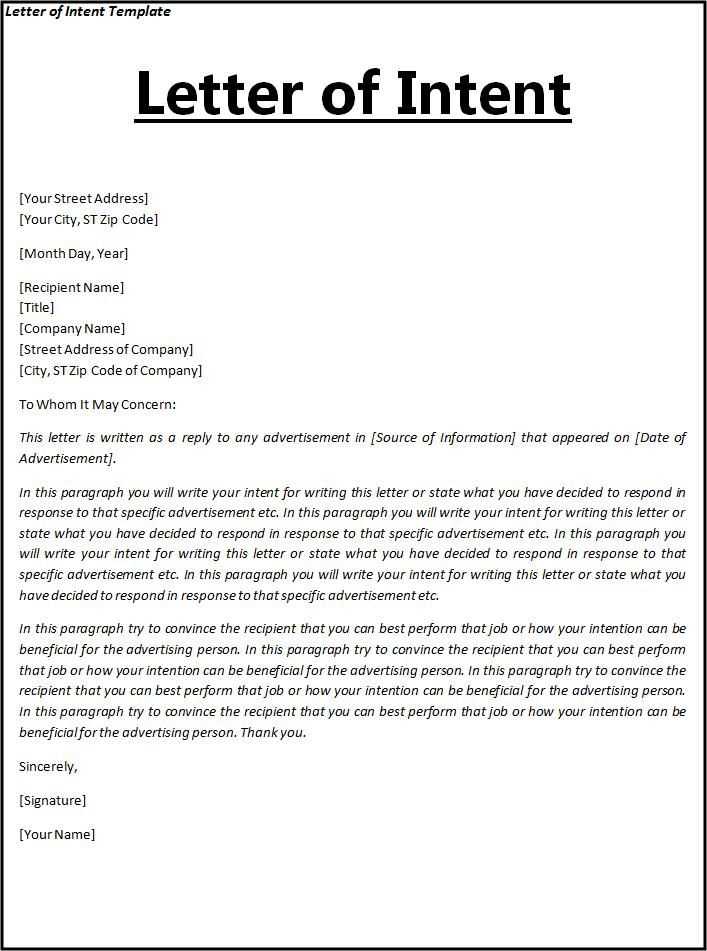
When purchasing goods or services, individuals are entitled to certain protections under the law. These protections ensure that transactions are fair and that buyers are not misled or taken advantage of. Understanding these safeguards helps you navigate disputes and ensures that you can hold sellers accountable for substandard products or services.
Being aware of your legal protections empowers you to take action if things go wrong. It’s important to know what actions you can take if an agreement is violated or if you receive an unsatisfactory product. These guidelines also help in resolving conflicts without unnecessary complications.
| Issue | Possible Solutions | Legal Protections |
|---|---|---|
| Defective products | Request a replacement, refund, or repair | Refund policies, warranty laws |
| Misleading advertising | File a complaint, seek compensation | Truth-in-advertising laws |
| Service not as described | Request correction or refund | Service agreement terms, consumer protection laws |
Why a Consumer Rights Letter Matters
Effective communication with businesses or service providers is essential when seeking resolution for issues such as faulty products or poor service. A formal approach helps establish the seriousness of the matter and encourages a prompt response. By clearly outlining the situation, you ensure that the provider understands your expectations and is aware of the potential consequences of failing to resolve the issue.
Having a structured message not only highlights the facts but also serves as documentation of your attempts to address the problem. This written record can be crucial if further legal or formal action is necessary. It demonstrates your proactive approach and strengthens your position in any future disputes.
Key Elements of a Strong Letter
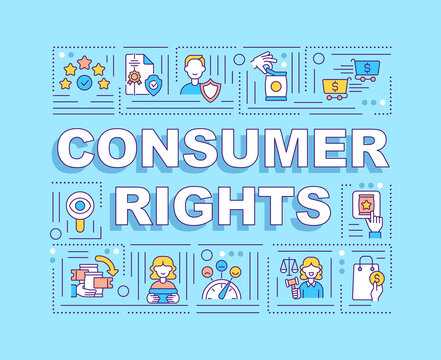
To effectively address an issue, it’s essential to include certain components in your written communication. A well-constructed message ensures clarity, provides all necessary details, and leaves no room for misunderstanding. It helps convey your concerns in a manner that encourages prompt attention from the recipient.
First and foremost, be clear and concise about the issue at hand. Include relevant information such as dates, product details, and any prior communication. It’s also important to state your desired outcome, whether it’s a refund, replacement, or another form of resolution. A polite yet firm tone can also make a significant difference, as it shows professionalism while still asserting your position.
How to Write a Persuasive Complaint
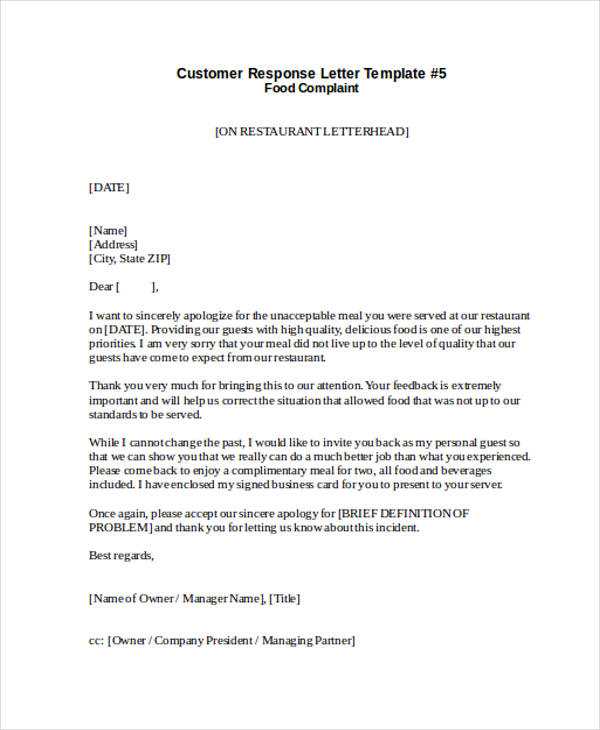
To effectively express dissatisfaction and increase your chances of receiving a favorable resolution, your message should be both clear and compelling. A persuasive complaint includes specific details, offers a logical explanation, and maintains a professional tone throughout. The goal is to highlight the issue while presenting a reasonable request for how the situation should be addressed.
State the Facts Clearly
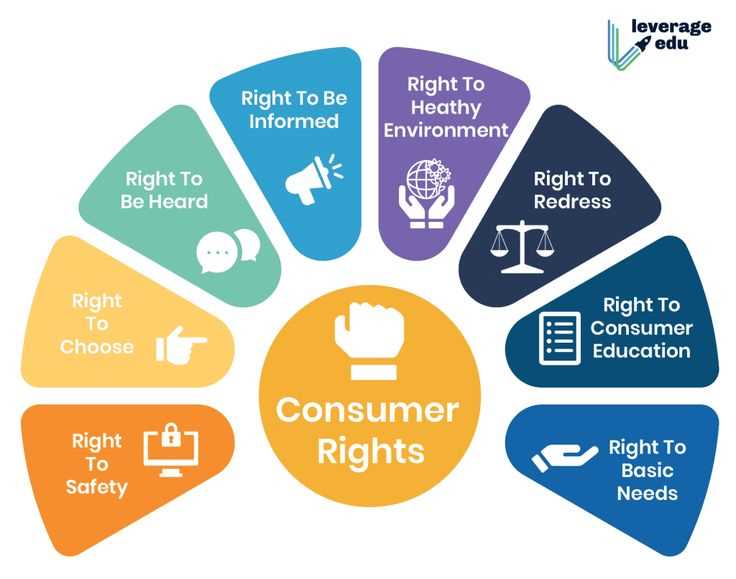
Begin by outlining the problem with precision. Include relevant dates, transaction details, and the nature of the issue. This provides the recipient with a full understanding of the situation, making it easier for them to act on your complaint.
Offer a Solution
While it’s important to highlight the issue, suggesting a reasonable solution is equally crucial. Whether it’s a refund, replacement, or another form of compensation, proposing a clear and achievable resolution demonstrates that you’re looking for a fair outcome, not just expressing frustration.
Common Mistakes to Avoid
When addressing a complaint or issue, the way you present your case can greatly impact the outcome. Several common missteps can undermine your chances of a successful resolution. Being aware of these errors and avoiding them will help you communicate more effectively and increase your chances of a positive response.
- Being too vague: General statements without specific details can make it difficult for the recipient to understand the issue. Always provide clear and concise information.
- Using emotional language: While frustration is understandable, overly emotional language can alienate the reader. Stick to facts and maintain a professional tone.
- Failing to state a clear resolution: Not explaining what you expect as a resolution can lead to confusion. Make sure to state your desired outcome clearly.
- Ignoring previous communication: Failing to reference any prior interactions or attempts to resolve the issue may seem like you’re not following through. Always mention prior contact or actions taken.
Next Steps After Sending Your Letter
Once you’ve submitted your formal communication, it’s important to follow up and ensure that your concerns are being addressed. Taking the right steps after sending your message can help maintain momentum and increase the likelihood of a timely and satisfactory response. Here’s how to proceed after dispatching your correspondence.
Monitor for a Response
After sending your communication, keep track of any responses. Set a reasonable timeframe for expecting a reply, and be sure to check your inbox or mailbox regularly.
- Wait for at least 7-10 business days before following up, unless the situation requires urgent attention.
- Check for any acknowledgment of receipt, such as an email or confirmation number.
Prepare for Possible Follow-Up Actions
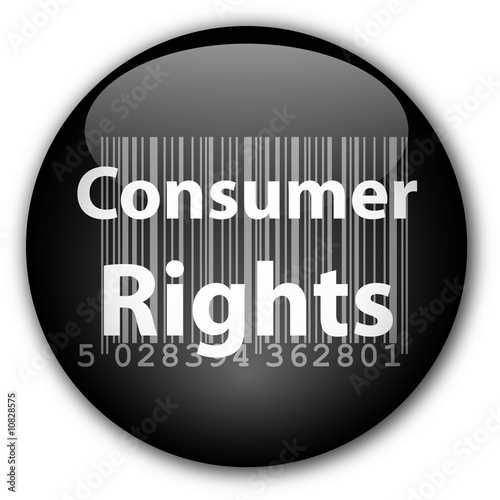
If you don’t receive a timely response, it’s important to be ready to take additional steps. Keep a record of all communication, as this will be essential if you need to escalate the issue.
- Send a polite follow-up message, reminding the recipient of your original issue.
- If the problem persists, consider escalating your complaint to higher authorities or consumer protection agencies.
- In some cases, seeking legal advice or mediation services may be necessary.